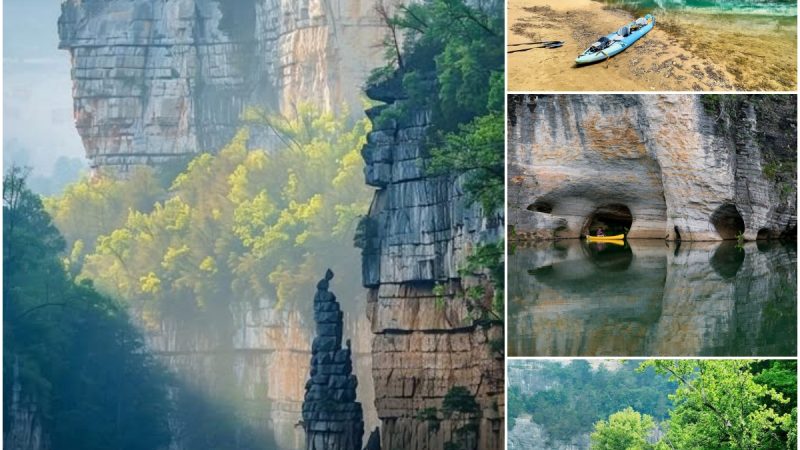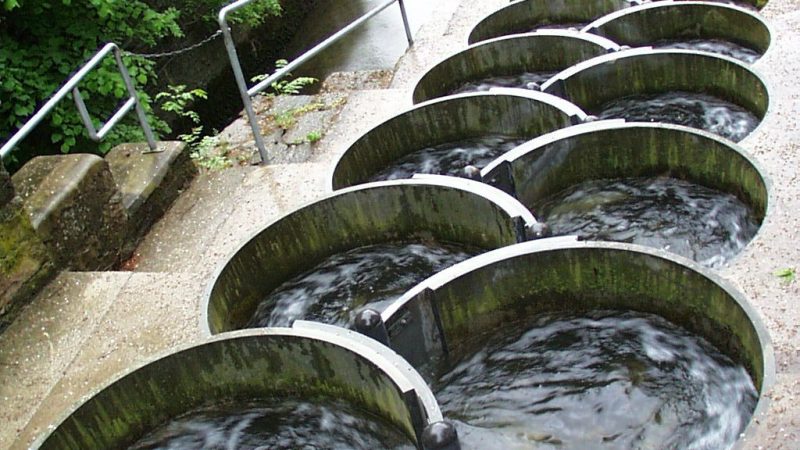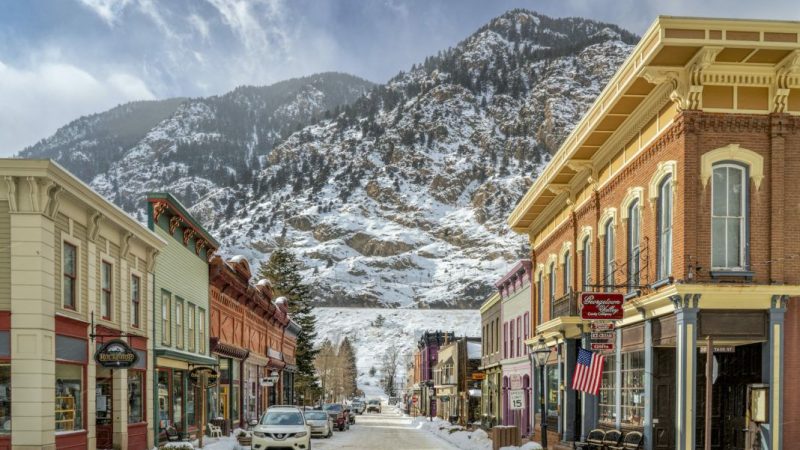Ancient Stories Carved in Stone: Discovering the Geologic History of Bryce Canyon

Bryce Canyon National Park in Utah, USA, is a place where time seems to stand still, and the landscape tells a tale as old as the Earth itself. Carved by the forces of nature over millions of years, the geologic formations within Bryce Canyon are not only breathtakingly beautiful but also hold clues to the Earth’s ancient past.

At the heart of Bryce Canyon’s geologic story are the hoodoos – towering spires of rock that protrude from the canyon floor like ancient sentinels. These hoodoos are formed primarily through the process of erosion, as water, ice, and wind gradually wear away the softer layers of rock, leaving behind the more resistant formations that we see today.
But the story of Bryce Canyon’s geology goes much deeper than just the hoodoos. The rocks that make up the canyon date back millions of years and bear witness to a long and complex history of geological activity. Layers of sedimentary rock, deposited over eons in ancient seas and lakes, form the foundation of the canyon’s cliffs and mesas.

One of the most prominent features of Bryce Canyon is the Claron Formation, a series of brightly colored limestone and sandstone layers that give the canyon its distinctive palette of reds, oranges, and yellows. These layers, each representing a different period in Earth’s history, provide geologists with valuable insights into past environmental conditions and climate changes.
As visitors explore Bryce Canyon, they can see firsthand the evidence of this geologic history etched into the landscape. From the towering walls of the amphitheaters to the narrow slot canyons carved by flash floods, every feature tells a story of the Earth’s ongoing transformation.

But perhaps the most remarkable aspect of Bryce Canyon’s geology is its ongoing evolution. While the forces of erosion continue to shape the landscape today, they also reveal glimpses of the canyon’s future. Over time, new hoodoos will form, existing formations will erode away, and the canyon will continue to change in response to the forces of nature.

In a world where everything seems to move at a rapid pace, Bryce Canyon stands as a testament to the slow and steady march of geologic time. By exploring its ancient stories carved in stone, visitors can gain a deeper appreciation for the Earth’s rich history and the remarkable forces that have shaped our planet over millions of years.



